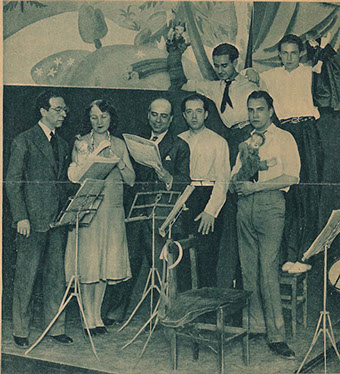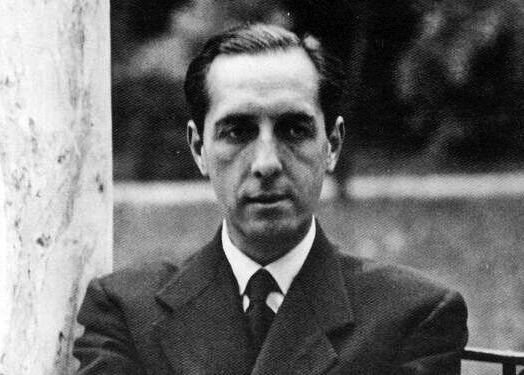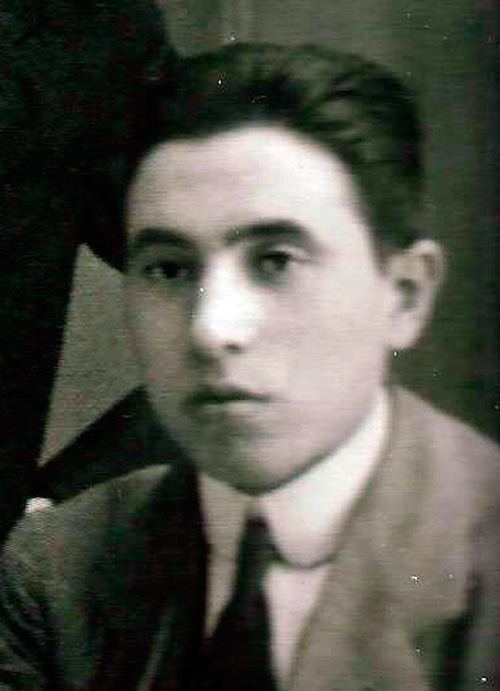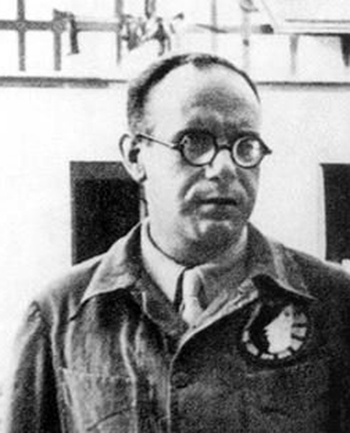Spanish painter, draftsman, engraver and scenographer, friend and collaborator of Federico García Lorca.
He was born in Huelva in 1915, into a well-to-do family. He studied at the Academy of Fine Arts in Huelva, although from the beginning he showed his attachment to surrealism influenced by artists such as Adriano del Valle. In 1929, he enrolled in the School of Fine Arts of San Fernando and in the workshop of Vázquez Díaz.
In his hometown he exhibits twice at the People’s Cultural Center. The first, in 1931, sepia and pencil portraits, and the second, in 1932, in a group exhibition entitled New Art Week. It was José Caballero who convinced Federico to collaborate with eight drawings, among them the Death of Saint Rodegunda.
In 1960 the García Lorca family commissioned him to design the sets for the premiere of Yerma at the Festival de Ambos Mundos in Spoletto (Italy), a success that would be repeated in 1962 with the staging of Blood Wedding, at the Fine Arts Theater, also in Madrid.
After the proclamation of the Republic, Caballero participated as set and costume designer in La Barraca, along with other painters such as Santiago Ontañón, Ramón Gaya, Alfonso Ponce de León or Benjamín Palencia. It was not the only collaboration with Lorca. In 1934, he designed the poster for the premiere of Yerma and signed, at Lorca’s suggestion, the surrealist illustrations that accompanied the edition of Lament for a Bullfighter in the Cruz y Raya magazine by José Bergamín. In 1935, Caballero was in charge of the sets for Blood Wedding for its presentation in Barcelona on November 22 at the Principal Palace.
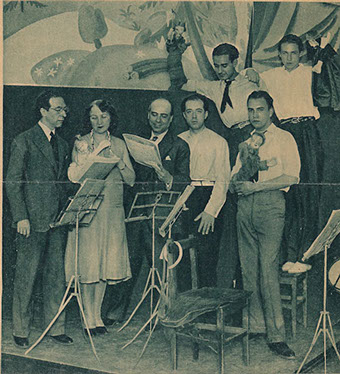
In the Civil War he was called up in Huelva, which was in the hands of the rebels. After the war, his friends freed him somehow from his Republican past: he founded the theater group La Tarumba dedicated to classical theater, collaborated with the new regime and published in magazines such as Vértice or illustrated books by Falangist writers such as Rafael García Serrano.
In 1960, the García Lorca family commissioned him to design the sets for the premiere of Yerma at the Festival de Ambos Mundos in Spoletto (Italy), a success that was repeated in 1962 with the staging of Blood Wedding, at the Fine Arts Theater, also in Madrid.
Exhibitions on Caballero’s work followed from here on in different cities. In 1987, he founded the group Ruedo Ibérico with the intention of defending experimentation in art.
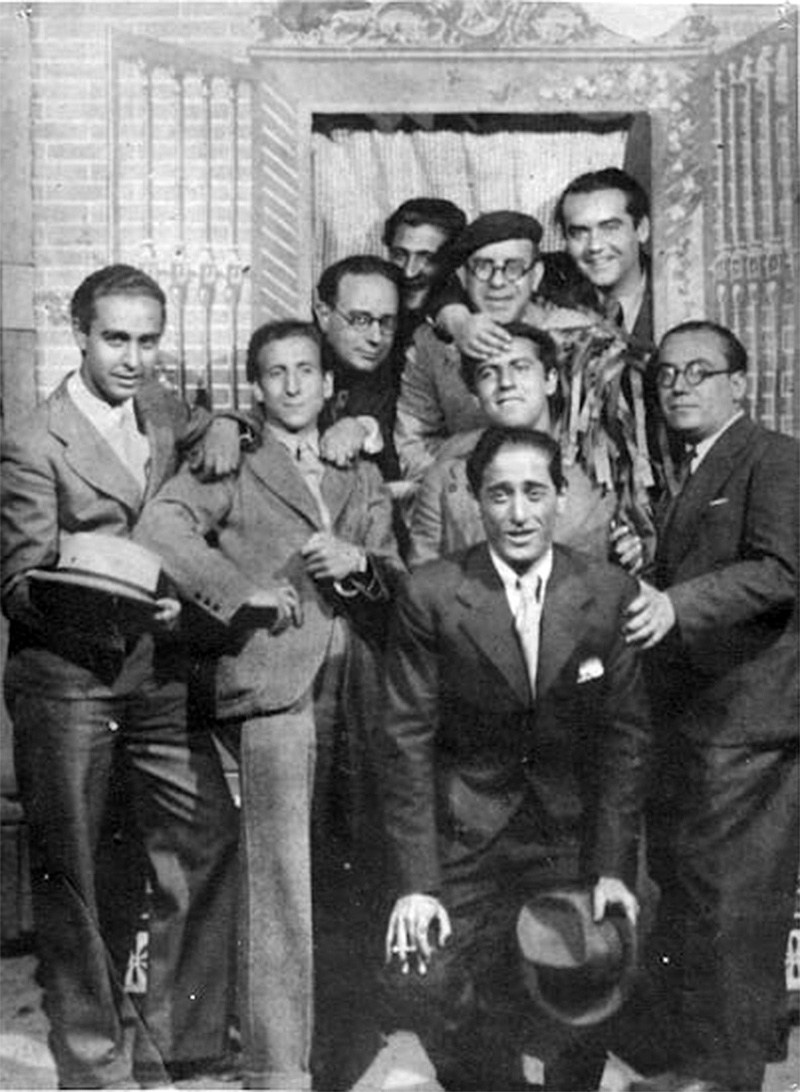
At the end of his life he received many awards: the National Plastic Arts Award in 1984 and the Andalusian Culture Plastic Arts Award in 1989. His paintings can be found in galleries all over the world, from the Reina Sofia Center in Madrid to the Museum of Modern Art in Buenos Aires or the Chase Manhattan in New York.
He died on May 26, 1991, in Madrid.
